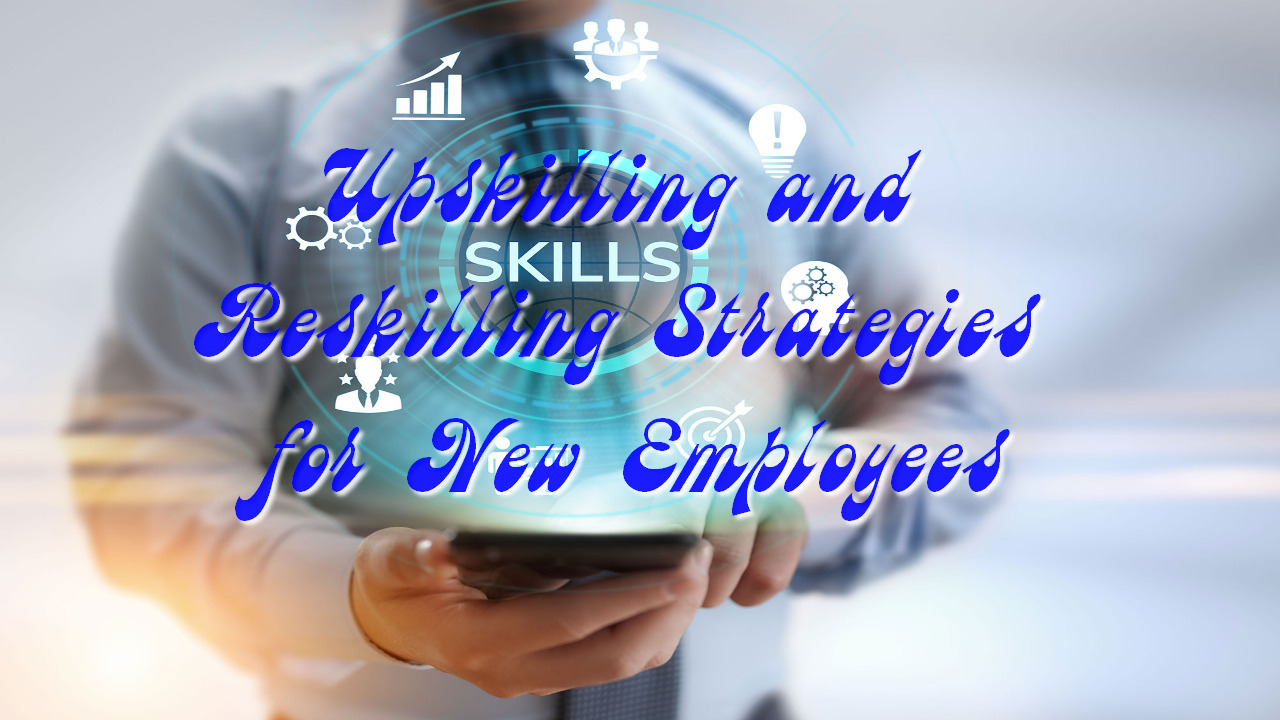In today’s rapidly evolving job market, the demand for specific skills is shifting at an unprecedented pace. As a result, organizations are recognizing the importance of upskilling and reskilling strategies to keep their workforce competitive and adaptable. This is particularly crucial for new employees who need to hit the ground running and contribute effectively to the company’s success. Here, we delve into the significance of upskilling and reskilling for new employees and present four key strategies that organizations can adopt.
Understanding Upskilling and Reskilling

Upskilling refers to enhancing the existing skills of employees, enabling them to perform their current roles more efficiently, even managing tasks like interpreting payroll stubs. On the other hand, reskilling involves teaching employees an entirely new set of skills, often necessary when their current roles become obsolete due to technological advancements or changes in business strategies. Both these strategies are essential for new employees to ensure they remain relevant in a dynamic work environment.
Customized Learning Paths
A successful upskilling or reskilling strategy begins with the identification of individual employee needs. Companies should assess the skills gap of each new employee during the onboarding process. This assessment can be based on their existing skills, job requirements, and future career goals. With this information, customized learning paths can be designed, allowing employees to focus on acquiring the skills most relevant to their roles. This tailored approach not only accelerates the learning process but also increases employee engagement and motivation.
The blend of Formal and Informal Learning
Effective upskilling and reskilling strategies often combine both formal and informal learning methods. Formal methods include structured training programs, workshops, online courses, and certifications. These methods provide a solid foundation of knowledge and skills. However, informal methods, such as peer learning, mentorship, and on-the-job training, play a crucial role in practical application and real-world problem-solving. Encouraging employees to learn from their colleagues and mentors fosters a culture of continuous learning within the organization.
Technology Integration and Continuous Adaptation

Technology is a driving force behind the need for upskilling and reskilling. To effectively upskill or reskill new employees, organizations should leverage technology-driven learning platforms, simulations, and virtual reality environments. These tools provide immersive learning experiences that closely mimic real-world scenarios, enhancing the practical application of skills. Additionally, organizations should embrace a mindset of continuous adaptation. This involves regularly reassessing the skills landscape, tracking industry trends, and modifying upskilling and reskilling strategies accordingly.
Measurement and Feedback
The success of upskilling and reskilling strategies can be evaluated through measurable outcomes. Organizations should set clear goals and key performance indicators (KPIs) to assess the effectiveness of the training programs. These KPIs could include improved productivity, increased employee satisfaction, reduced turnover, and enhanced innovation. Regular feedback sessions with employees can provide insights into the relevance and impact of the acquired skills, allowing organizations to fine-tune their strategies for optimal results.
In conclusion, upskilling and reskilling strategies are indispensable for new employees to thrive in today’s dynamic work environment. By offering customized learning paths, blending formal and informal methods, integrating technology, and prioritizing measurement and feedback, organizations can ensure that their workforce remains adaptable and capable of driving innovation. Embracing these strategies not only benefits the individual employees but also positions the organization for sustained growth and success in an ever-changing landscape.

